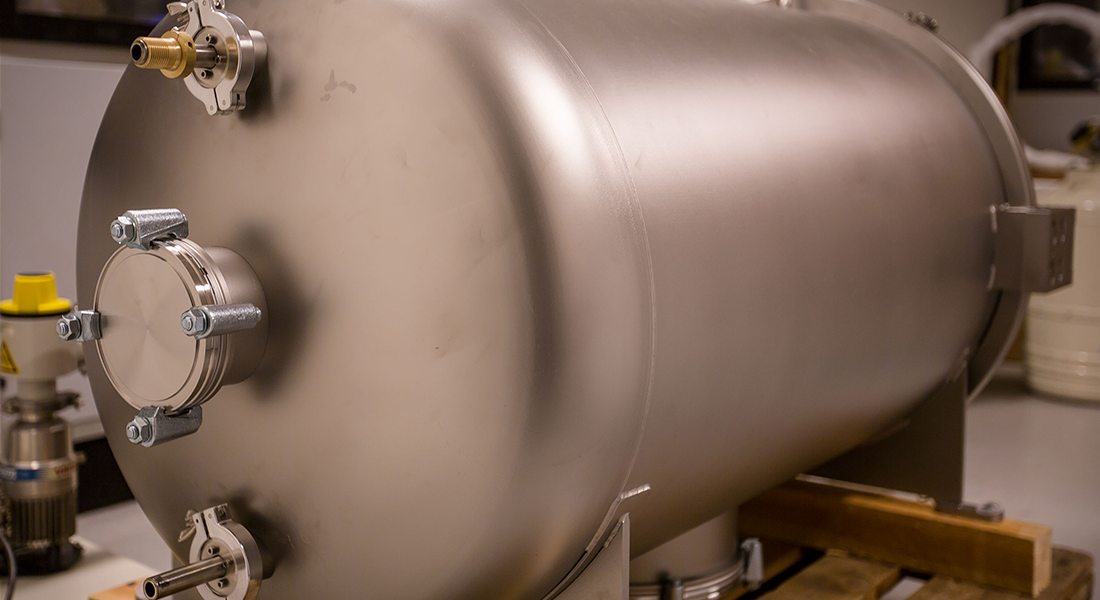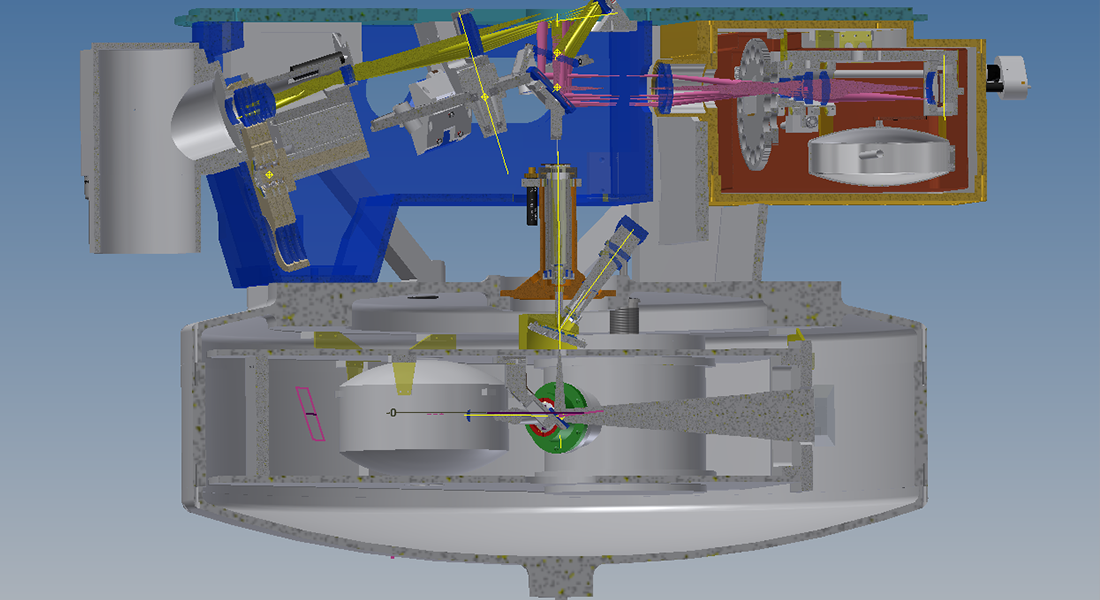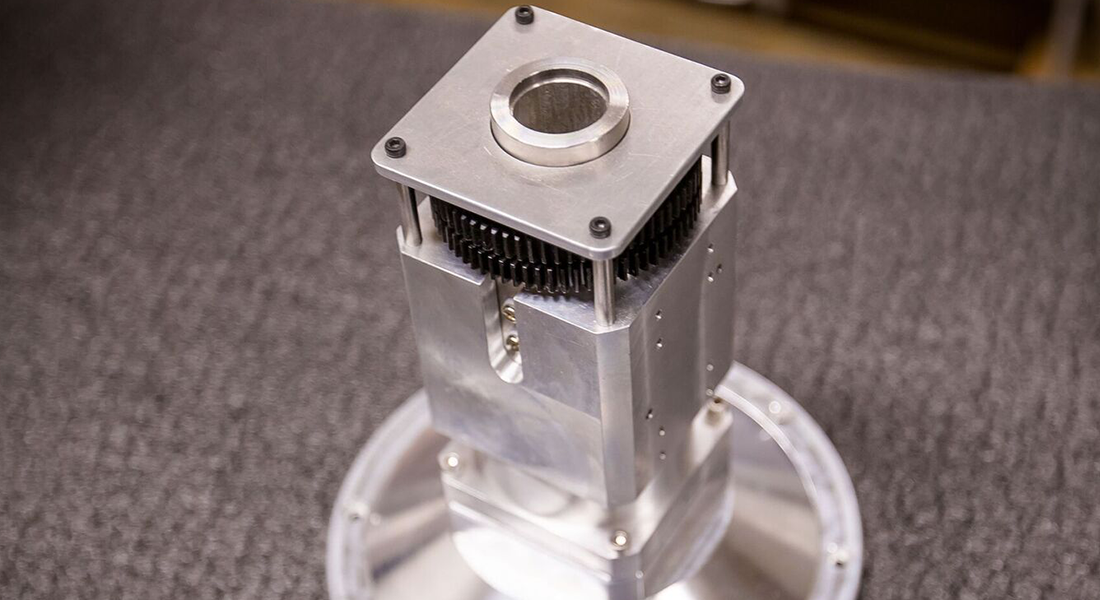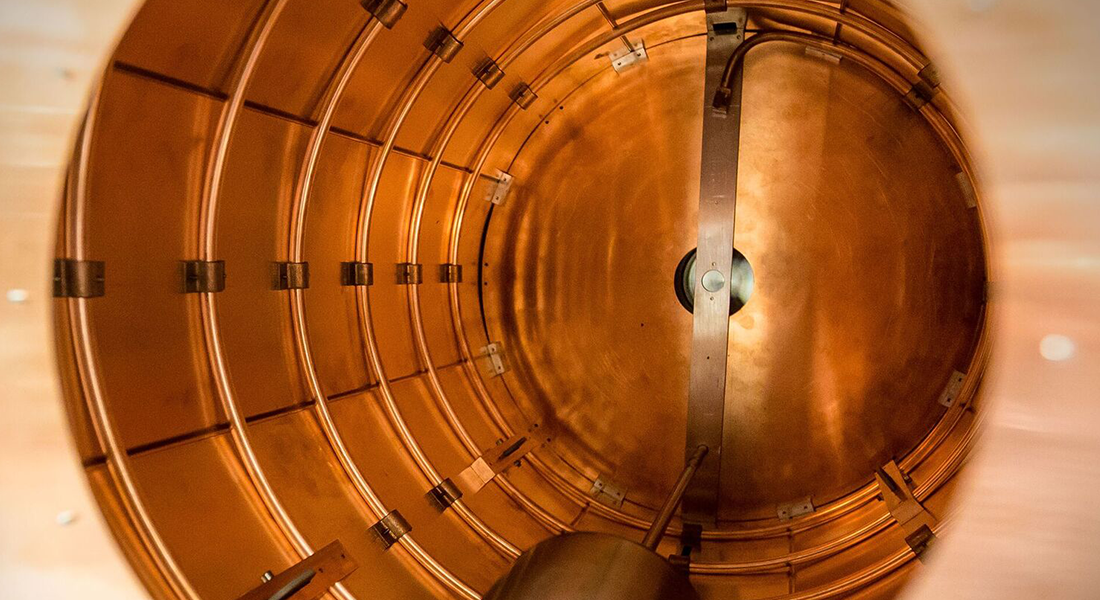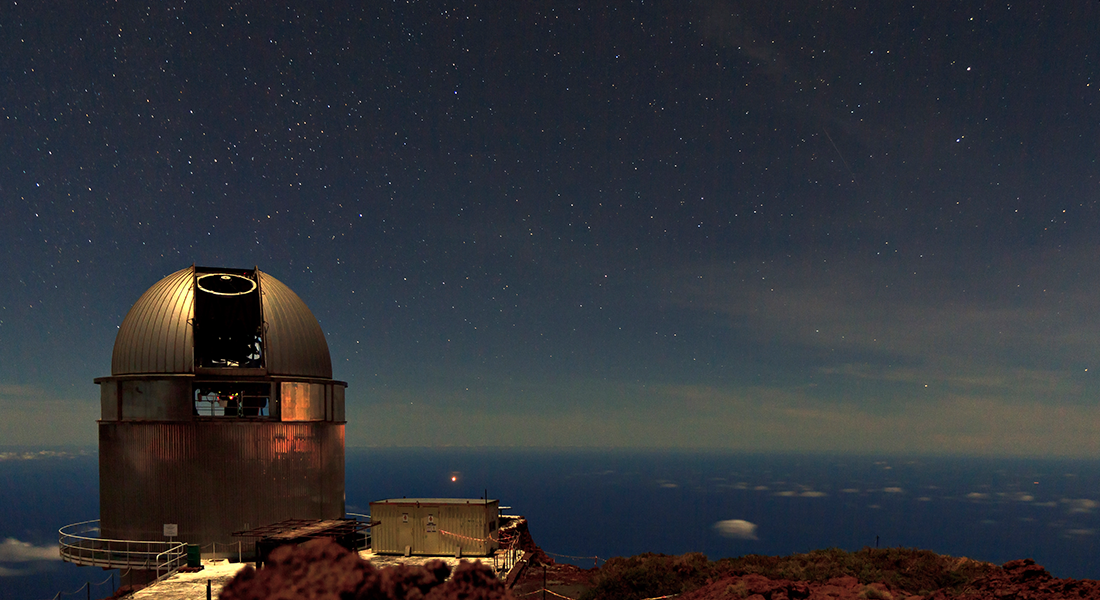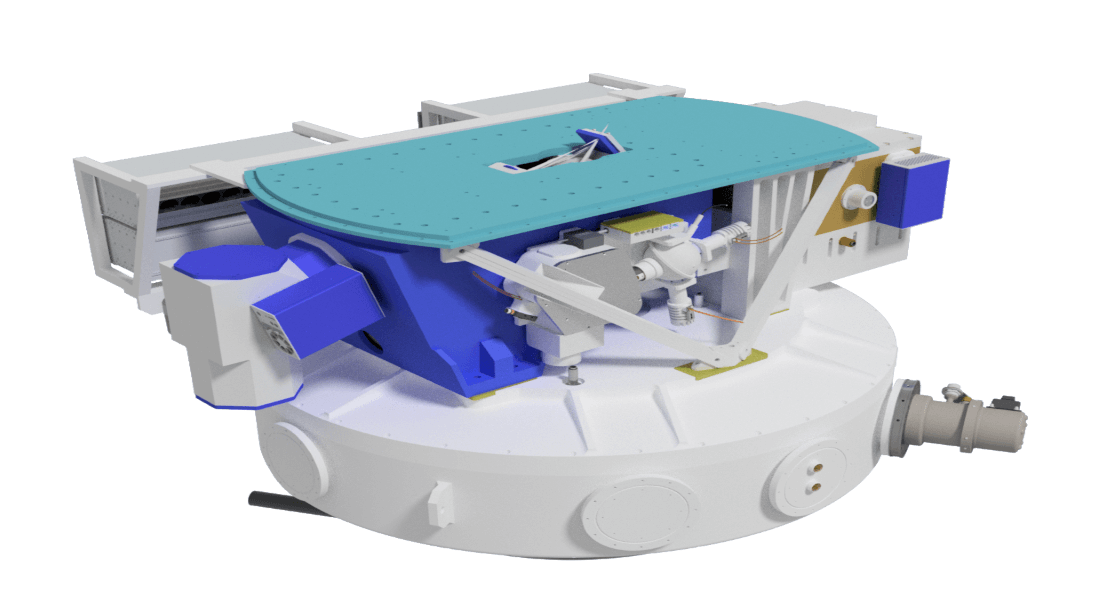NOT Transient Explorer (NTE) is a new instrument for the Nordic Optical Telescope (NOT). It can be used either in a spectroscopic mode covering from 3200 Å to 2.2 micrometers in one observation, or as a dual band imager with one observation in visible bands (U-I) and one in infrared (I-K). The project was started with funding from the Carlsberg foundation. The current projected date for the first light at the telescope is in 2025.
NOT Transient Explorer (NTE) is a new instrument for the 2.5 metre Nordic Optical Telescope (NOT). The instrument design is inspired by the highly successful X-Shooter instrument of European Southern Observatory (ESO) - a project in which Niels Bohr Institute (NBI) also participated.
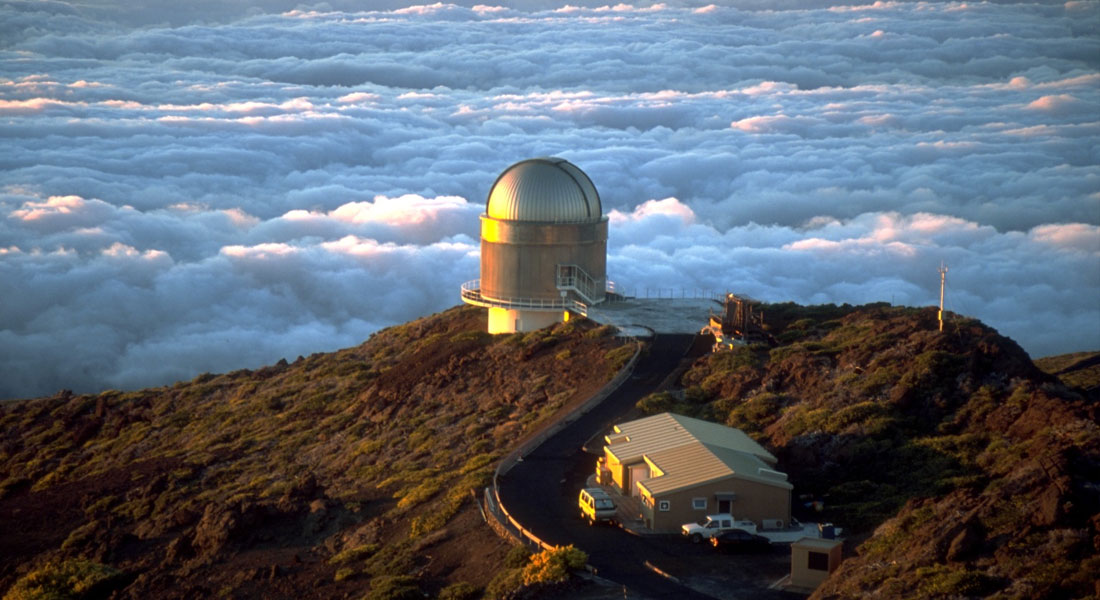
In addition to being inspired by X-shooter the NTE design is driven by a number of essential demands. NTE is supposed to be permanently mounted on the NOT so that it is always available (especially when there are rare transient events like, e.g., very distant and bright gamma-ray bursts).
- For this reason the instrument should also be able to fulfil the needs of the large majority of the user community.
- In addition, we want to be able to quickly acquire a spectrum of sources that are only visible in the near-IR (e.g., very dust obscured or very high-redshift sources). '
- For this reason NTE must be able to do near-IR imaging and slit-acquisition should be possible using the near-IR imager.
Finally, we have decided to have only 23 arcsec long slit (unlike X-shooter that has three different slits - one for each spectrograph).
These considerations have led to the following design: NTE provides in one exposure intermediate resolution spectrum from ultraviolet (about 320 nm) all the way to the start of the thermal infrared (2.4 micrometers).
- The spectrograph has three arms (UV, VIS and NIR) fed by a single 23 arcsec long slit.
- The spectrograph can also do spectropolarimetry.
- In addition to the spectroscopic mode NTE has two imagers each covering a field-of-view of 6 arcmin - one ultraviolet/visible imager and one infrared imager.
The user can choose to either do spectroscopy in the full wavelength range or imaging in two filters, one in ultraviolet/visible and another one in infrared.
Team: NTE project is lead by NBI and NOT, where the principal investigator and the project office are located.
- Additional team members are in our partner institutes.
- The full list of the core team can be found here.
Funding: The core funding for the project comes from the Carlsberg foundation, but there are contributions from a wide range of collaborating institutions and scientists.
- The funding from the Carlsberg foundation mainly covers the spectrograph hardware.
- Additional funding for different aspects of the project, e.g., man power, and hardware for the imagers, comes from our partners and The Instrument Center for Danish Astrophysics (IDA).
Timeline: The first light of NTE is expected in 2025.
Core funding

The project:
The science cases for NTE fall in two broad categories: science related to transient/ explosive sources (Gamma-ray burst follow-up, thermonuclear and core-collapse supernovae, general transients), and the remaining non-transient science cases including a very wide range of topics from planets to active galactic nuclei. Here some of the main science cases are discussed in more detail. The full list of the topics can be found from the NTE Science Cases document.
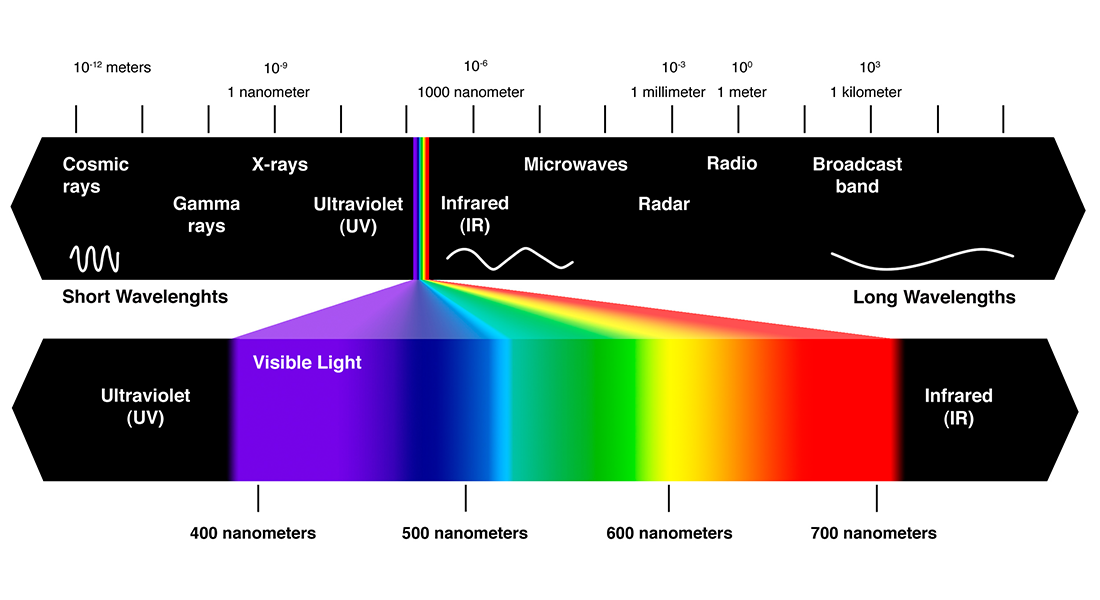
Transient science with NTE
Gamma-ray bursts
Gamma-ray bursts are short powerful bursts of gamma-rays. The so-called long gamma-ray bursts (duration longer than about two seconds), have been firmly associated with powerful core-collapse supernovae.
The short gamma-ray bursts (shorter than about two seconds) on the other hand are associated with merging neutron stars.
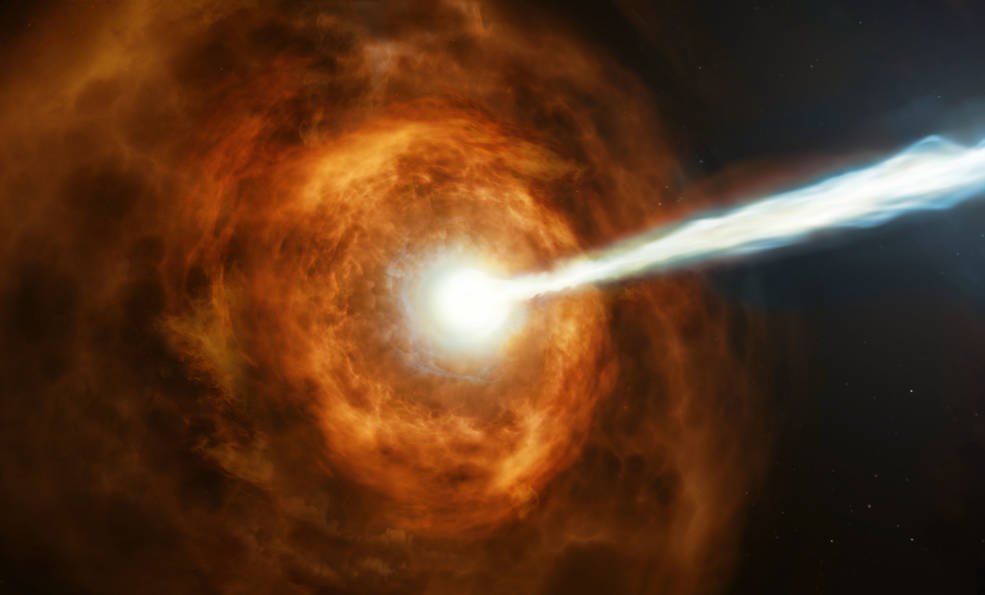
These powerful explosions can be used for studying starformation in distant galaxies, and even probing the universe at the time of the end of 'dark ages'.
Type Ia supernovae
Type Ia supernovae were the key in discovery of dark energy. It is now just over a decade since the apparent accelerating expansion rate of the universe was seen in the Type Ia supernova.
With almost a thousand published Type Ia supernovae, and yet a larger number being currently analyzed by the various SN teams, the emphasis for precision cosmology lies in understanding the systematic uncertainties: this is best tackled with high S/N studies of low redshift SNe.
The NTE is well suited for these studies, because of its simultaneous coverage of a wide wavelength region from near-UV to near-IR, ensuring that the end points of the spectra are studied also at very early epochs, something that is very rare today. The intermediate resolution allows absorption from the host galaxy as well as trace elements in the supernova (such as carbon) to be studied.
Core-collapse supernovae
Core-collapse supernovae mark the end-point of stellar evolution for massive stars. These cosmic explosions produce neutron stars and black holes, and in exceptional cases, long-duration Gamma-Ray Bursts.
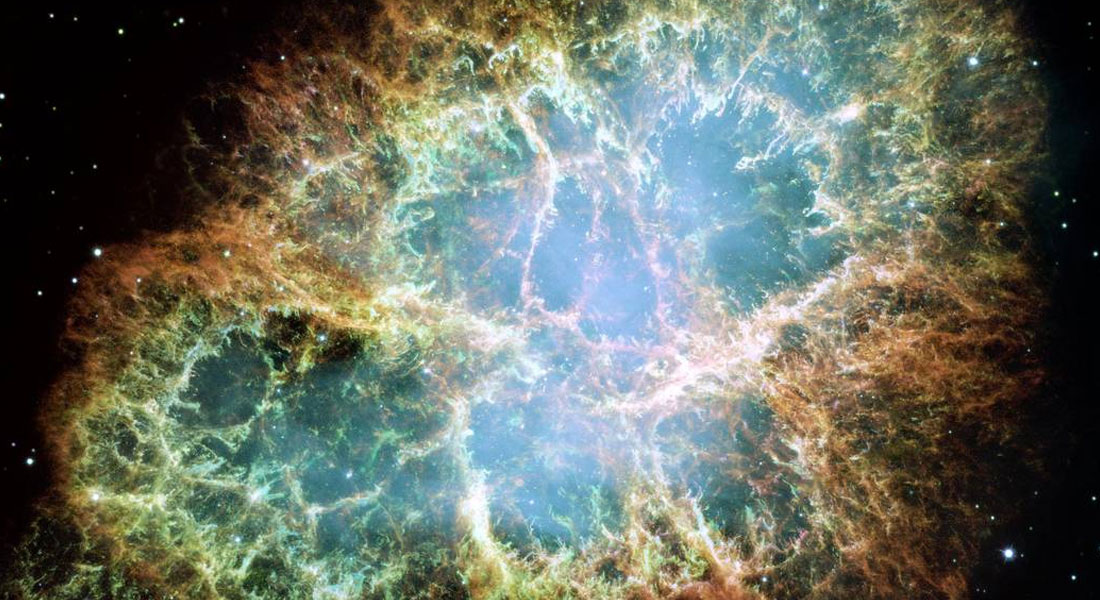
Understanding these phenomenon are of an utmost importance as they synthesis all elements heavier than Fe, and through feedback effects, significant impact starformation and galaxy evolution.
The Nordic astronomical community is very active in this research topic and their particular interests include: (i) identifying the progenitor star, (ii) detailed understanding of the interaction between the core-collapse supernovae ejecta with circumstellar material, (iii) follow-up of the transients, (iv) the study of core-collapse supernovae in the dusty nuclear regions of starbursts and luminous infrared galaxies, (v) studies of core-collapse supernova rates, and (vi) studies of dust formation in core-collapse supernovae.
Non-transient science with NTE
Exoplanet atmospheres
Exoplanet atmospheres are in the focus of many astronomical studies, because they can give information on the evolution of the planets, and they can be used even for studying the planet's potential habitability.

A planet moving across the disc of its host star offers a unique opportunity to estimate the key constituents in the atmosphere by studying the light that has passed through the planetary atmosphere.
Active Galactic Nuclei (AGN)
Active Galactic Nuclei (AGN) are supermassive black holes that are accreting large amounts of material. Inactive supermassive black holes are likely to exist in the centres of all bulge-dominated galaxies.
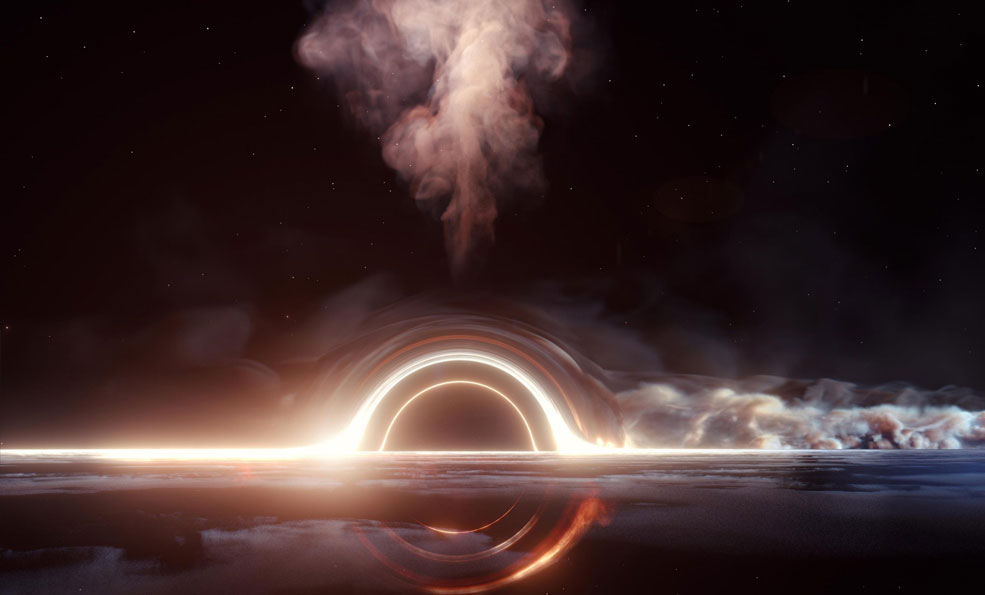
In only a small fraction of galaxies the supermassive black hole is active. AGN are the most luminous non-transient sources of coherent energy in the universe, and understanding their activity is one of the outstanding goals in modern astrophysics.
Some open questions include: Why do AGN appear only in some galaxies and preferably in certain types of galaxies? What is the typical lifetime of AGN? What is their fuelling mechanism? What is the role played by galaxy interactions and mergers? How do supermassive black holes in galaxies grow and how do they influence galaxy formation?
Supermassive black holes have an important role in cosmology
They are the densest concentrations of matter, and thus play an important role in the formation and evolution of galaxies. In fact, the leading theory for explaining the nature of elliptical galaxies and some properties of clusters of galaxies involves the presence and feedback processes of central supermassive black holes.
Owing to the strong emission from this accreting material, the active galactic nuclei are traceable out to large distances (unlike the quiescent black holes).
These ’lighthouses’ are ideal for (i) locating the more massive galaxies in the distant Universe and studying their cosmic evolution, (ii) studying black hole growth, accretion processes, and feedback on large spatial scales, (iii) studying the non-emitting intervening intergalactic material, (iv) measuring cosmic distances, and (v) studying strong gravity fields.
The wide energy range over which these systems emit, makes a broad-band spectrograph an efficient like NTE, ideal, and necessary way to study these systems.
Niels Bohr Institute
Michael I. Andersen - Systems Engineer
Lise Christensen - Pipeline responsible
Kasper Elm Heintz - Instrument Scientist / Spectroscopic pipeline
Dennis Wistisen - Mechanics
Jan H. Fagerlund - Mechanics
Michael H. Bernt - Mechanics
Bo Milvang-Jensen - Pipeline development
Anton N. Sørensen - Calibration and AIT
Joonas Viuho - Motors and control
Dennis Wistisen - Mechanics
Nordic Optical Telescope
Sergio Armas - Software
Peter Brandt - Mechanics
Jacob W. Clasen - Project Manager
Graham C. Cox - Detector systems
Anlaug Djupvik - Support astronomer specialized in infrared applications
Carlos Perez - Mechanics
Tapio Pursimo - Support astronomer specialized in imaging
John Telting - Support astronomer specialized in spectroscopy
Other institutes
John Erik Vad Andersen - Optical imager mechanics (University of Aarhus, Denmark)
Stefano Covino - Head of the science team (INAF Brera, Italy)
Anders Strøbech Damgaard - Optical imager mechanics (University of Aarhus, Denmark)
Vitaly Neustreov - Imaging pipeline (FINCA, University of Oulu, Finland)
Marco Riva - Infrared imager & Spectrograph camera optics (INAF Brera, Italy)
Marcello Scalera - Infrared Imager mechanics (INAF Brera, Italy)
Hangxin Ji - Spectrograph collimator optics (Nanjing Institute of Astronomical Optics & Technology)
Optical Imager Mechanics
Department of Physics and Astronomy
University of Aarhus
Denmark
Optical and Infrared Imagers
Finnish Centre for Astronomy with ESO
University of Turku
Finland
Polarimetric mode
Planetary-system research, Department of Physics
University of Helsinki
Finland
Rapid response mode
The Centre for Astrophysics and Cosmology
The Science Institute
University of Iceland
Iceland
Optical and Infrared Imagers
The Oscar Klein centre.
Stockholm University
Sweden
Spectrograph cameras & IR imager mechanics
Osservatorio Astronomico di Brera
Istituto Nazionale di Astrofisica
Milan, Italy
Infrared detector controllers
Max Planck Institute for Astronomy
Heidelberg, Germany
Optical and Infrared Imagers
The Key Laboratory of Space Astronomy and Technology
National Astronomical Observatories, Chinese Academy of Sciences
Beijing, China
Atmospheric Dispersion Corrector
Department of Particle Physics and Astrophysics
Weizmann Institute for Science
Tel Aviv, Israel
The core NTE team either works at the Niels Bohr Institute or at the Nordic Optical Telescope. If you want more information on the project, you can contact the principal investigator or the project manager.
Principal Investigator
Johan P.U Fynbo
Phone: (+45) 35 32 59 83
E-mail: jfynbo @ nbi.ku.dk
DAWN, Niels Bohr Institute
University of Copenhagen
Lyngbyvej 2
DK-2100 Copenhagen, Denmark
Project Manager
Jacob W. Clasen
Phone: (+34) 922 181 365
E-mail: jclasen @ not.iac.es -or-
jacob @ nbi.ku.dk
Nordic Optical Telescope
Apartado 474
E-38700 Santa Cruz de La Palma
Santa Cruz de Tenerife, Spain
Niels Bohr Institute
University of Copenhagen
DenmarkNordic Optical Telescope
Spain

